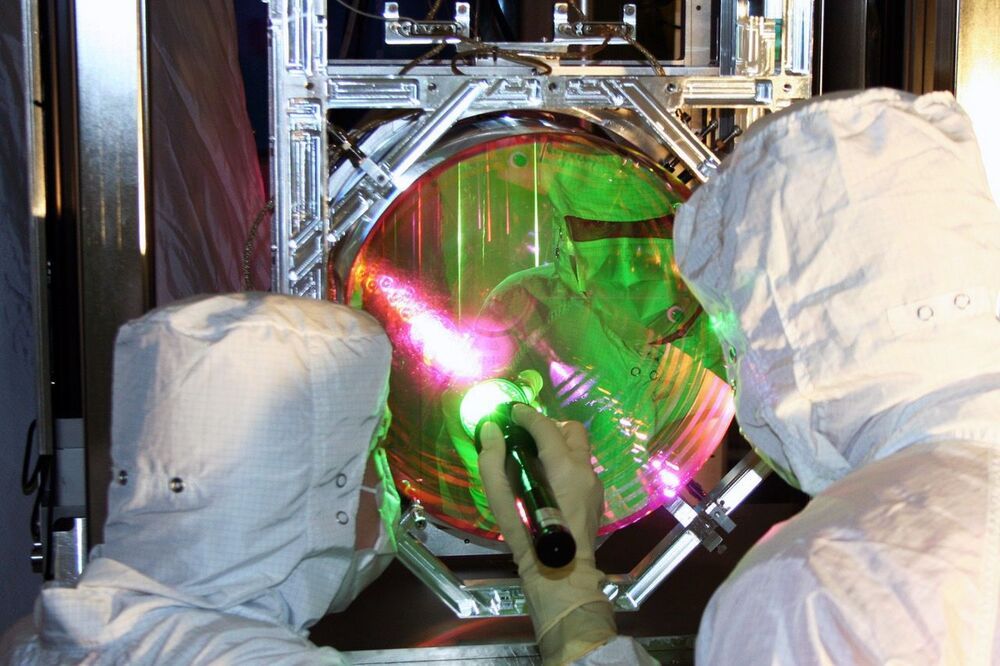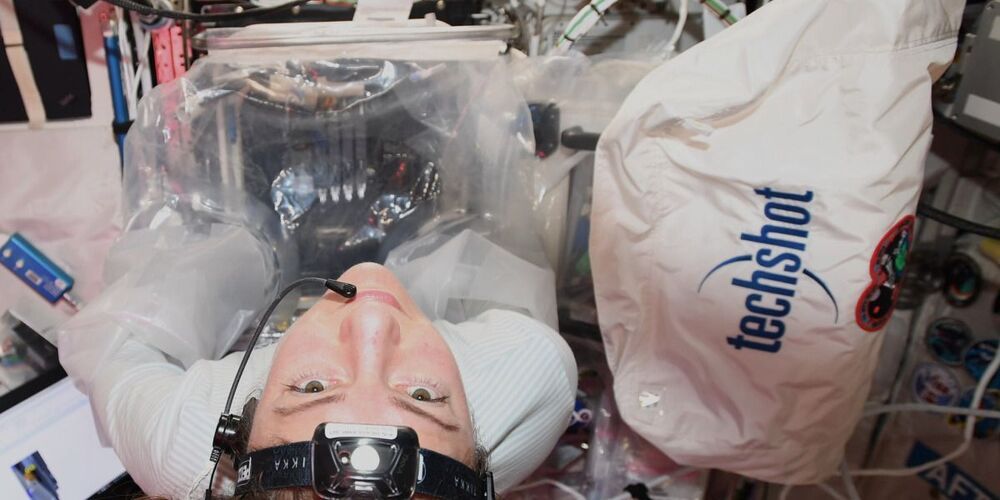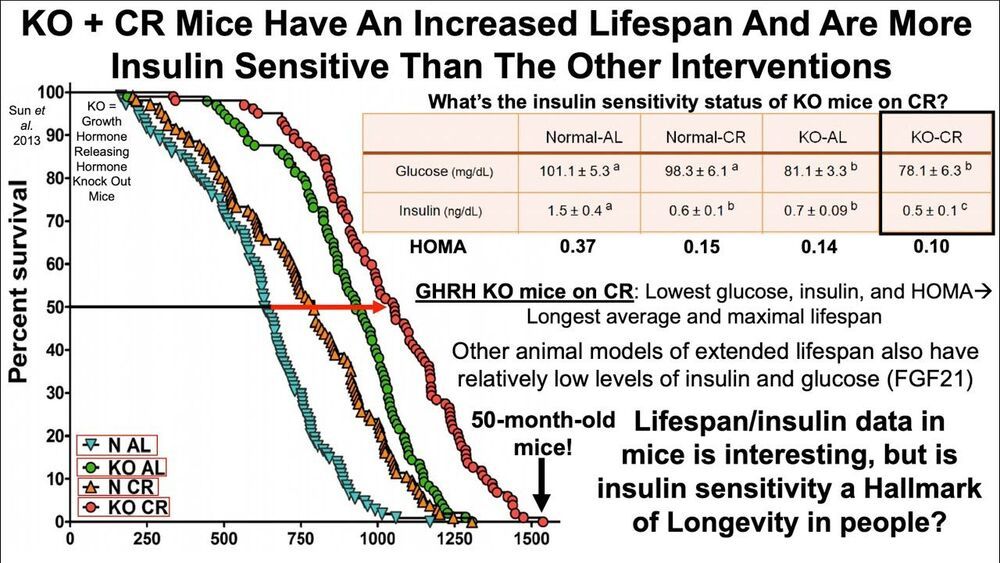Another DeFi project on the Binance Smart Chain has been exploited. This time, attackers nabbed $500000 from Impossible Finance.
In case you need the information.
The CDC designated the delta variant of the coronavirus — first identified in India — as a “variant of concern” June 15, reigniting attention on the race between vaccines and coronavirus variants.
The new classification comes amid mounting evidence that the variant spreads more easily than existing strains and causes more severe infections, the CDC said in a June 15 statement to Becker’s. People infected by the delta variant may have twice the risk of hospitalization of people infected with the alpha variant first identified in the U.K., according to research released this week from Scotland. In May, the U.K.’s Scientific Advisory Group for Emergencies also said the delta variant could be up to 50 percent more transmissible than alpha, which is currently the dominant strain in the U.S., though research is still preliminary.
The delta variant now accounts for about 10 percent of COVID-19 cases in the U.S. and could become the nation’s dominant strain by this fall, according to Scott Gottlieb, MD, a former FDA commissioner who now serves on Pfizer’s board of directors.
I like this one, especially because using recycled materials has no loss in efficacy.
Beating the heat with paper.
Is there a way for IT leaders to be proactive about AI and machine learning without ruffling and rattling an organization of people who want the miracles of AI and ML delivered tomorrow morning? The answer is yes.
“Stationary” has very different meanings at quantum and real-world scales – an object that looks perfectly still to us is actually made up of atoms that are buzzing and bouncing around. Now, scientists have managed to slow down the atoms almost to a complete stop in the largest macro-scale object yet.
The temperature of a given object is directly tied to the motion of its atoms – basically, the hotter something is, the more its atoms jiggle around. By extension, there’s a point where the object is so cold that its atoms come to a complete standstill, a temperature known as absolute zero (−273.15 °C,-459.67 °F).
Scientists have been able to chill atoms and groups of atoms to a fraction above absolute zero for decades now, inducing what’s called the motional ground state. This is a great starting point to then create exotic states of matter, such as supersolids, or fluids that seem to have negative mass.
There are still many unsolved mysteries about the human brain and its development. Now, a novel study published in Frontiers in Psychiatry sheds new light on the neurobiological origins of our individual traits.
Functional connectivity is the coordinated activity – activation or deactivation – through time between separate brain regions, regardless of their physical closeness or the type of neural connections between them. Changes in functional connectivity can be a sign of mental health disorders such as depression, eating disorders, and schizophrenia, and are thought to have developmental origins.
Tesla has unveiled its new supercomputer, which is already the fifth most powerful in the world, and it’s going to be the predecessor of Tesla’s upcoming new Dojo supercomputer.
It is being used to train the neural nets powering Tesla’s Autopilot and upcoming self-driving AI.
Over the last few years, Tesla has had a clear focus on computing power both inside and outside its vehicles.
Breaking — see how an overabundance of methane at Saturn’s ice moon Enceladus may be evidence for life there!
You can support Galactic Gregs by supporting the sister channel Green Gregs by clicking the links below:
For your space habitat garden buy worms at greengregs.com!
See the Special Deals at My Patriot Supply (great space mission food): www.PrepWithGreg.com.
For gardening in your space habitat (or on Earth) Galactic Gregs has teamed up with True Leaf Market to bring you a great selection of seed for your planting. Check it out: http://www.pntrac.com/t/TUJGRklGSkJGTU1IS0hCRkpIRk1K
In America, at least 17 people a day die waiting for an organ transplant. But instead of waiting for a donor to die, what if we could someday grow our own organs?
Last week, six years after NASA announced its Vascular Tissue Challenge, a competition designed to accelerate research that could someday lead to artificial organs, the agency named two winning teams. The challenge required teams to create thick, vascularized human organ tissue that could survive for 30 days.
The two teams, named Winston and WFIRM, both from the Wake Forest Institute for Regenerative Medicine, used different 3D-printing techniques to create lab-grown liver tissue that would satisfy all of NASA’s requirements and maintain their function.
“We did take two different approaches because when you look at tissues and vascularity, you look at the body doing two main things,” says Anthony Atala, team leader for WFIRM and director of the institute.
The two approaches differ in the way vascularization—how blood vessels form inside the body—is achieved. One used tubular structures and the other spongy tissue structures to help deliver cell nutrients and remove waste. According to Atala, the challenge represented a hallmark for bioengineering because the liver, the largest internal organ in the body, is one of the most complex tissues to replicate due to the high number of functions it performs.
Researchers used 3D-printing to create human liver tissue that could soon be tested on the International Space Station.
HOMA calculator: https://www.omnicalculator.com/health/homa-ir.
Papers referenced in the video:
Growth hormone-releasing hormone disruption extends lifespan and regulates response to caloric restriction in mice.
https://pubmed.ncbi.nlm.nih.gov/24175087/
Glucose regulation and oxidative stress in healthy centenarians.
https://pubmed.ncbi.nlm.nih.gov/12543271/
Distribution of blood glucose and prevalence of diabetes among centenarians and oldest-old in China: based on the China Hainan Centenarian Cohort Study and China Hainan Oldest-old Cohort Study.
https://pubmed.ncbi.nlm.nih.gov/32643047/
Prevalence and Ethnic Pattern of Diabetes and Prediabetesin China in 2013
https://pubmed.ncbi.nlm.nih.gov/28655017/
Families enriched for exceptional longevity also have increased health-span: findings from the long life family study.









